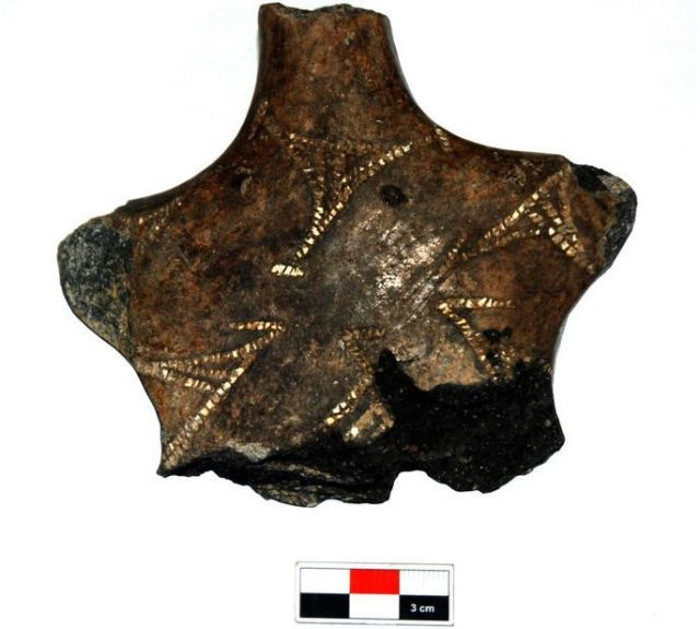
© Varna Museum of Archaeology via Radio VarnaThe newly discovered prehistoric figurine is deemed a very valuable find because of the perplexingly small number of such figurines from the Middle Chalcolithic along Bulgaria’s Black Sea coast.
from the Chalcolithic (Aeneolithic, Copper Age) has been discovered by archaeologists in a prehistoric pottery workshop located close to the town of Suvorovo, Varna District, in Northeast Bulgaria, near the Black Sea coast.
More specifically, the prehistoric pregnant woman figurine dates back to 4,700 BC - 4,600 BC, the brief period Middle Chalcolithic.
As of the middle of the 5
th millennium BC, it was followed by the Late Chalcolithic famous for the Varna Culture, which boasted the world's oldest gold treasure, the
Varna Gold Treasure from the
Varna Chalcolithic Necropolis.
It was part of
Europe's first human civilization found in what is today's Bulgaria and other parts of the Balkan Peninsula near the Lower Danube and the Black Sea dubbed by some American scholars "Old Europe".
A 6,500-year-old skeleton from the Chalcolithic period was
discovered back in 2011 in the Suvorovo Chalcolithic Settlement in Northeast Bulgaria, and another skeleton from the same period
was also found there in 2018.
The newly discovered female anthropomorphic figurine from the Middle Chalcolithic found near Bulgaria's Suvorovo is valuable because anthropomorphic figurines precisely from that time period are perplexingly rare in the region, archaeologist Vladimir Slavchev from the Varna Museum of Archaeology has told Radio Varna.
The figurine is half-preserved, and consists mostly of its torso. It is about 15 centimeters tall, meaning that the figurine was originally about 30 centimeter tall.
The site of the figurine's belly had another clay part, which was attached or glued to it, and which broke off and has not been found. However, there is sufficient evidence for the researchers to conclude that it was used in order to augment its belly, thus seemingly depicting a pregnant woman.
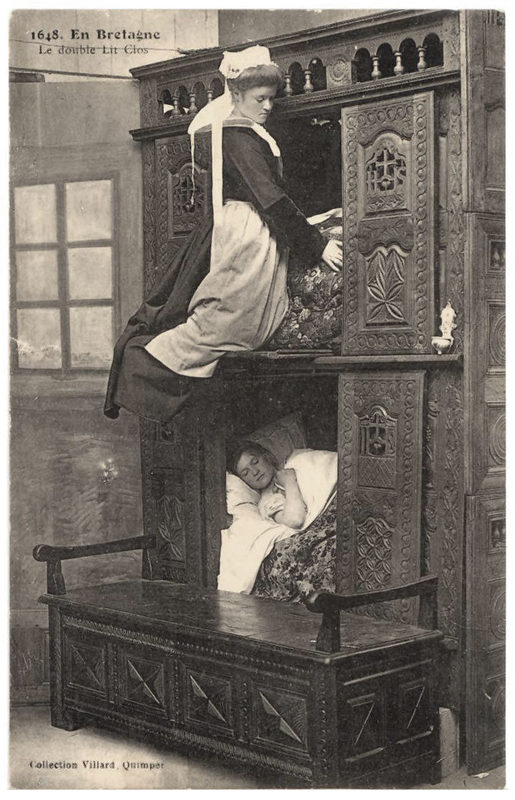


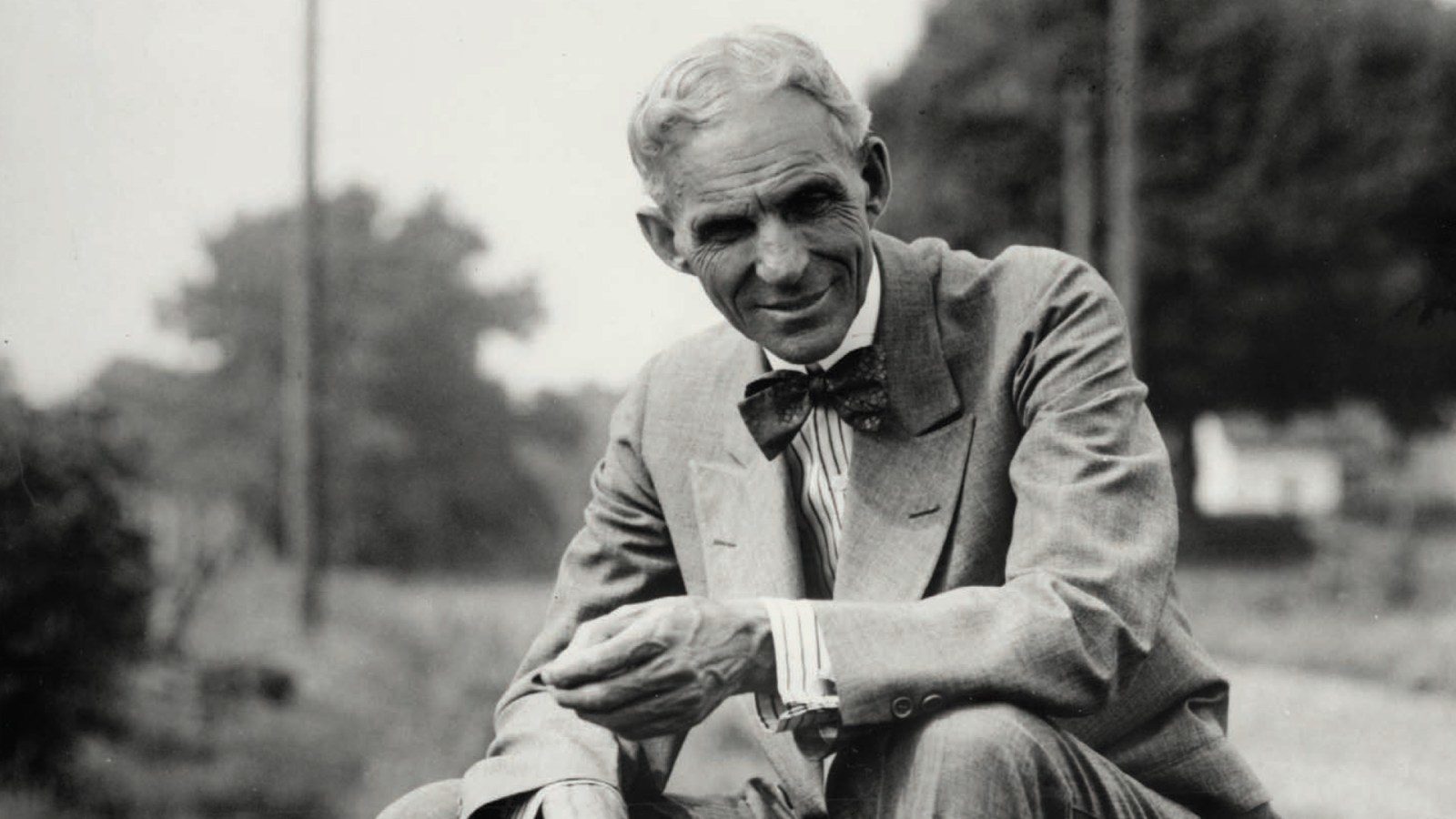
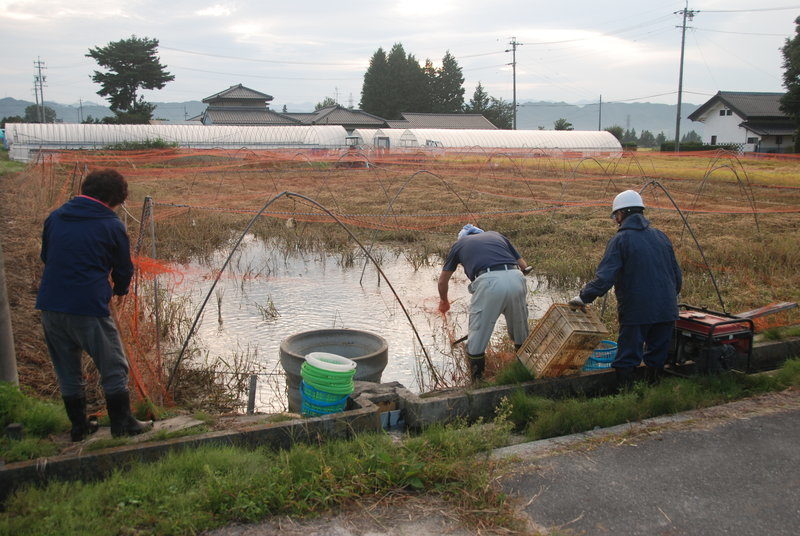

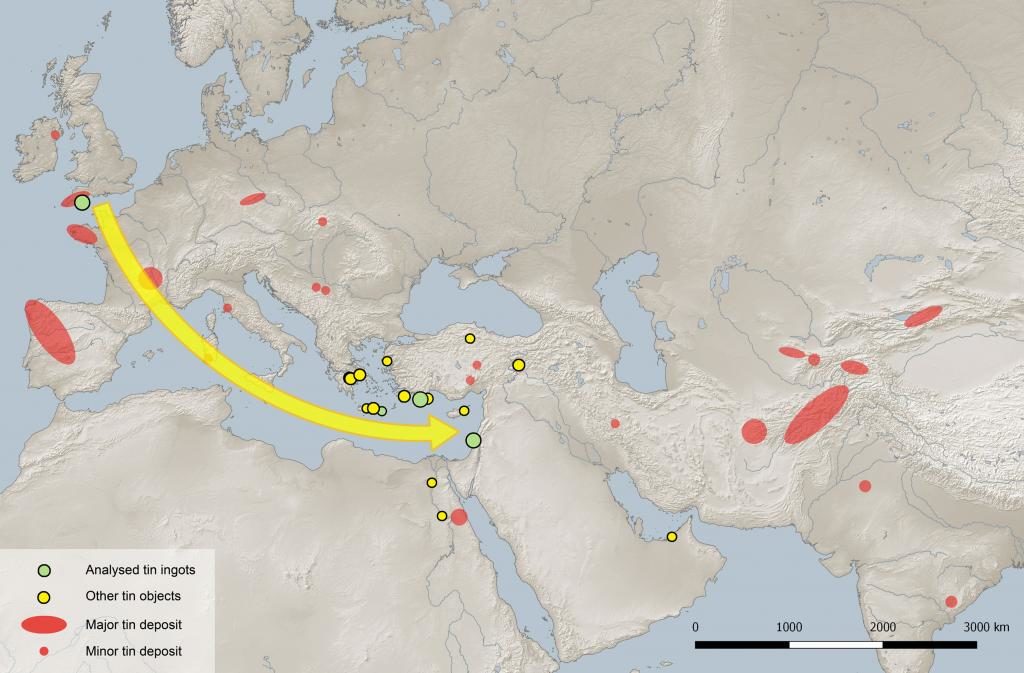
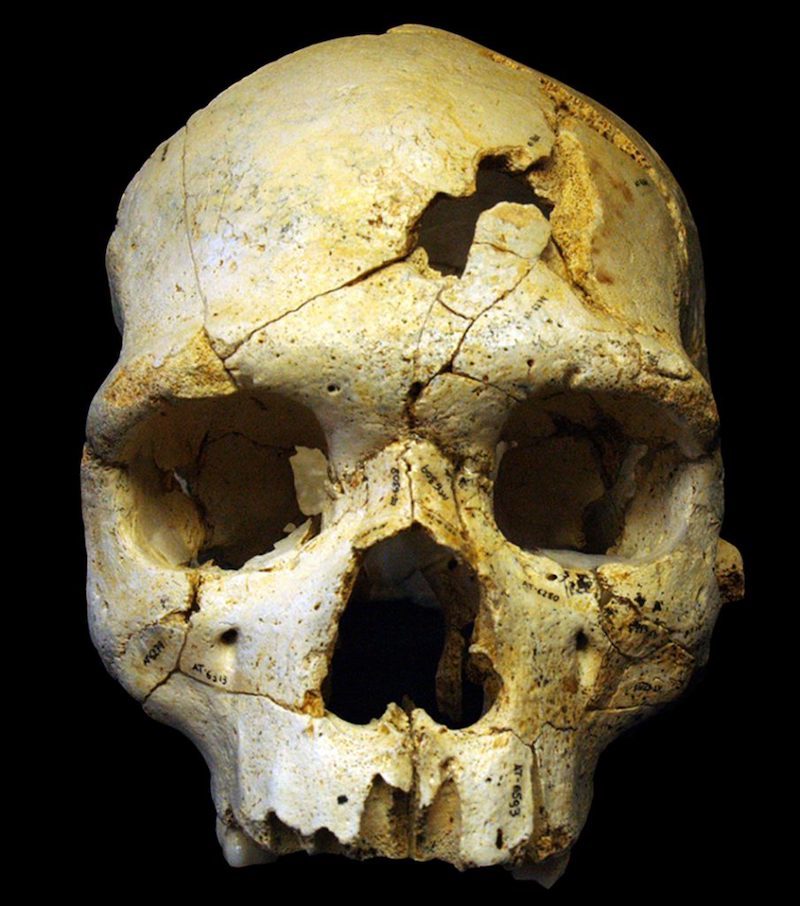

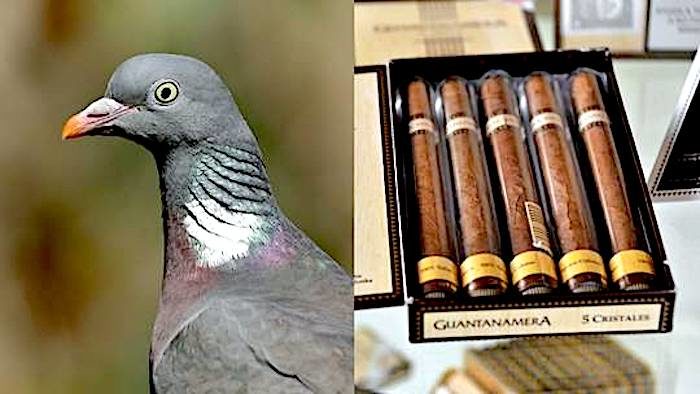



Comment: See also: